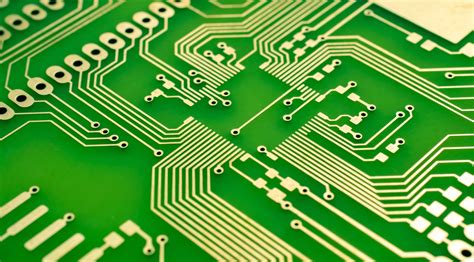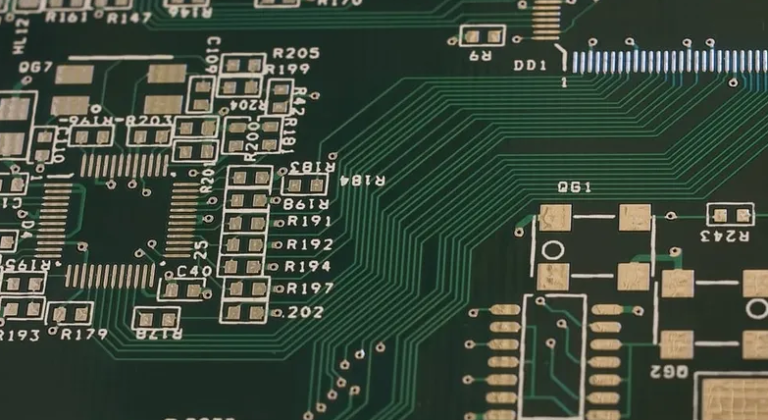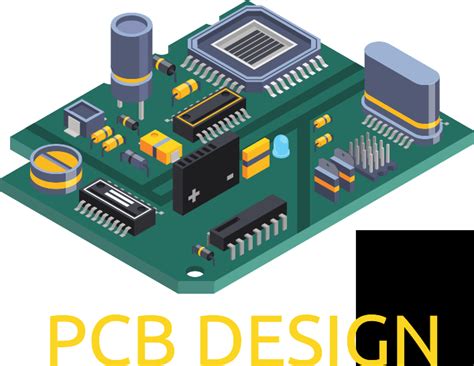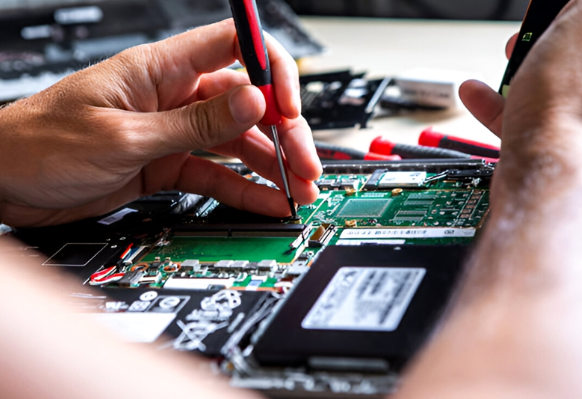Custom pc board
Designing Your First Custom PC Board: A Beginner’s Guide
Designing your first custom PC board can be an exciting yet daunting endeavor, especially for beginners venturing into the world of electronics. The process involves a blend of creativity, technical knowledge, and meticulous planning.
To begin with, understanding the fundamental components and their functions is crucial.
A printed circuit board (PCB) serves as the backbone of electronic devices, providing mechanical support and electrical connections for various components. Therefore, a well-designed PCB is essential for the optimal performance of any electronic device.
The initial step in designing a custom PCB is to conceptualize the circuit.
This involves creating a schematic diagram, which is a graphical representation of the electronic circuit. The schematic serves as a blueprint, detailing how each component is connected. Beginners should familiarize themselves with schematic capture software, such as Eagle, KiCad, or Altium Designer, which are widely used in the industry. These tools offer user-friendly interfaces and extensive libraries of components, making it easier to translate your ideas into a workable design.
Once the schematic is complete, the next phase is to design the PCB layout.
This step involves placing the components on the board and routing the electrical connections between them. It is essential to consider the physical size and shape of the board, as well as the placement of components, to ensure efficient use of space and optimal performance. During this stage, attention must be paid to factors such as trace width, spacing, and the arrangement of power and ground planes. These considerations are vital to prevent issues like signal interference and overheating, which can compromise the functionality of the board.
Transitioning from design to production requires generating the necessary files for manufacturing.
The most critical of these is the Gerber file, which contains all the information needed to fabricate the PCB. It is important to verify the design thoroughly before sending it to a manufacturer, as errors at this stage can lead to costly revisions. Many design software packages include simulation tools that allow you to test the circuit virtually, identifying potential issues before they become problematic.
Selecting a reliable manufacturer is another key aspect of the process.
Factors such as cost, turnaround time, and quality should be considered when choosing a supplier. It is advisable to start with a small batch of boards to test the design before committing to larger production runs. This approach allows for any necessary adjustments to be made without incurring significant expenses.
As you gain experience, you may wish to explore more advanced design techniques, such as multi-layer boards or surface-mount technology.
These methods can offer improved performance and reduced size, but they also require a deeper understanding of PCB design principles. Continuous learning and experimentation are essential to mastering the art of custom PCB design.
In conclusion, designing your first custom PC board is a rewarding process that combines technical skill with creative problem-solving. By following a structured approach and utilizing the right tools, beginners can successfully navigate the complexities of PCB design. As you progress, the knowledge and experience gained will serve as a solid foundation for more advanced projects, opening up a world of possibilities in the field of electronics.
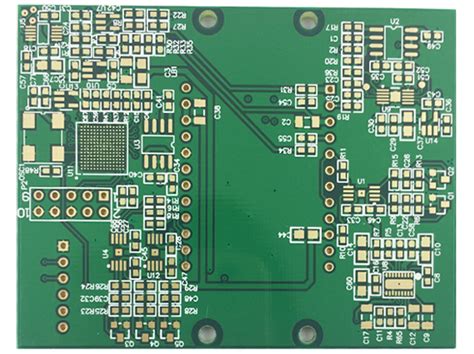
Top Software Tools for Custom PC Board Design
Designing custom PC boards is a complex process that requires precision, creativity, and the right set of tools. As technology continues to advance, the demand for custom PC boards has increased, necessitating the use of sophisticated software tools to streamline the design process.
These tools not only enhance the efficiency of the design process but also ensure that the final product meets the required specifications and standards. In this article, we will explore some of the top software tools available for custom PC board design, highlighting their features and benefits.
To begin with, Altium Designer is one of the most popular software tools in the field of custom PC board design.
Known for its comprehensive suite of features, Altium Designer offers a unified design environment that integrates schematic capture, PCB layout, and design verification. This integration allows designers to seamlessly transition from one stage of the design process to another, reducing the likelihood of errors and improving overall productivity. Furthermore, Altium Designer supports a wide range of file formats, making it compatible with various design workflows and facilitating collaboration among team members.
Another noteworthy tool is Eagle, developed by Autodesk.
Eagle is renowned for its user-friendly interface and extensive library of components, which simplifies the design process for both beginners and experienced designers.
One of Eagle’s standout features is its schematic editor, which allows users to create and modify circuit diagrams with ease.
Additionally, Eagle’s PCB layout editor provides advanced routing capabilities, enabling designers to optimize the layout of their custom PC boards for performance and manufacturability. The software also supports design rule checks, ensuring that the final design adheres to industry standards.
KiCad is another powerful tool that has gained popularity among custom PC board designers.
As an open-source software, KiCad offers a cost-effective solution without compromising on functionality. It provides a suite of applications that cover all aspects of the design process, from schematic capture to PCB layout and 3D visualization. KiCad’s modular design allows users to customize their workflow according to their specific needs, making it a versatile choice for a wide range of projects. Moreover, the software’s active community of users and developers ensures continuous updates and improvements, keeping it at the forefront of PCB design technology.
In addition to these tools, DipTrace is also worth mentioning.
DipTrace is known for its intuitive interface and powerful features, which cater to both novice and professional designers. The software offers a comprehensive set of tools for schematic capture, PCB layout, and 3D modeling, allowing users to visualize their designs in a realistic manner. DipTrace also supports a variety of import and export formats, facilitating seamless integration with other design tools and manufacturing processes. Its advanced autorouter and design rule check features further enhance the efficiency and accuracy of the design process.
In conclusion, the choice of software tool for custom PC board design depends on various factors, including the complexity of the project, the designer’s level of expertise, and budget constraints.
Altium Designer, Eagle, KiCad, and DipTrace are among the top tools available, each offering unique features and benefits that cater to different design needs. By leveraging these tools, designers can create high-quality custom PC boards that meet the demands of modern technology and innovation. As the field of PCB design continues to evolve, staying informed about the latest software tools and their capabilities is essential for achieving success in this dynamic industry.

Common Mistakes to Avoid When Creating Custom PC Boards
Creating custom PC boards, or printed circuit boards, is a complex process that requires precision and attention to detail. As technology continues to advance, the demand for custom PCBs has increased, making it essential for designers and engineers to be aware of common pitfalls that can compromise the functionality and reliability of their designs.
One of the most frequent mistakes is inadequate planning and design.
Before embarking on the creation of a custom PCB, it is crucial to have a comprehensive understanding of the project requirements and constraints. This includes considering the size, shape, and functionality of the board, as well as the components that will be used. Failing to plan adequately can lead to design flaws that are costly and time-consuming to rectify.
Another common error is neglecting to adhere to design rules and guidelines.
Each PCB manufacturer has specific design rules that must be followed to ensure the board can be produced without issues. These rules often pertain to trace widths, spacing, and the placement of vias. Ignoring these guidelines can result in boards that are difficult or impossible to manufacture, leading to delays and increased costs. Therefore, it is essential to familiarize oneself with the manufacturer’s specifications and incorporate them into the design process from the outset.
Moreover, overlooking the importance of signal integrity can lead to significant problems in the performance of the PCB.
Signal integrity issues arise when the electrical signals on the board are degraded due to factors such as impedance mismatches, crosstalk, and electromagnetic interference. To mitigate these issues, designers should pay careful attention to the layout of traces, the placement of components, and the use of ground planes. Additionally, employing simulation tools can help identify potential signal integrity problems before the board is manufactured.
Transitioning to another critical aspect, thermal management is often underestimated in PCB design.
Components on a PCB generate heat, and if this heat is not properly managed, it can lead to component failure and reduced reliability. Designers should consider the thermal properties of the materials used in the PCB and incorporate features such as heat sinks, thermal vias, and adequate spacing between components to facilitate heat dissipation. Failure to address thermal management can result in boards that overheat and fail prematurely.
Furthermore, inadequate testing and verification can lead to boards that do not function as intended.
It is essential to conduct thorough testing at various stages of the design and manufacturing process to ensure that the board meets all specifications and performs reliably. This includes functional testing, signal integrity testing, and thermal testing. By identifying and addressing issues early in the process, designers can avoid costly rework and ensure a successful final product.
In conclusion, creating custom PC boards is a meticulous process that requires careful planning, adherence to design rules, attention to signal integrity, effective thermal management, and comprehensive testing.
By being aware of and avoiding these common mistakes, designers can enhance the reliability and performance of their custom PCBs, ultimately leading to successful project outcomes. As the demand for custom PCBs continues to grow, staying informed and vigilant in the design process will be key to meeting the challenges of this ever-evolving field.

The Future of Custom PC Boards: Trends and Innovations
The landscape of custom PC boards is undergoing a significant transformation, driven by rapid technological advancements and evolving consumer demands. As we look to the future, several trends and innovations are poised to redefine the way custom PC boards are designed, manufactured, and utilized.
One of the most prominent trends is the increasing demand for miniaturization.
As devices become more compact, the need for smaller, yet more powerful, PC boards has become paramount. This trend is particularly evident in the burgeoning fields of wearable technology and Internet of Things (IoT) devices, where space is at a premium, and efficiency is crucial.
In tandem with miniaturization, there is a growing emphasis on energy efficiency.
As environmental concerns continue to mount, manufacturers are under pressure to develop PC boards that consume less power without compromising performance. This has led to innovations in materials and design techniques, such as the use of advanced semiconductors and the implementation of power-saving architectures. These developments not only reduce the carbon footprint of electronic devices but also extend their battery life, a critical factor for consumer satisfaction.
Moreover, the customization of PC boards is becoming increasingly sophisticated, thanks to advancements in manufacturing technologies such as 3D printing and automated design tools.
These technologies allow for greater flexibility in design, enabling manufacturers to produce highly specialized boards tailored to specific applications. This level of customization is particularly beneficial in industries such as aerospace and medical devices, where unique specifications are often required. Furthermore, the integration of artificial intelligence in the design process is streamlining the development of custom PC boards. AI algorithms can optimize board layouts for performance and cost-effectiveness, reducing the time and resources needed for prototyping and testing.
Another significant innovation is the development of flexible and stretchable PC boards.
These boards, made from materials such as polyimide and liquid crystal polymers, can bend and stretch without losing functionality. This flexibility opens up new possibilities for electronic devices, allowing them to conform to unconventional shapes and surfaces. Such advancements are particularly promising for the development of next-generation wearable devices and flexible displays.
In addition to these technological advancements, the future of custom PC boards is also being shaped by changes in the supply chain and manufacturing processes.
The rise of Industry 4.0, characterized by the integration of digital technologies into manufacturing, is enabling more efficient and agile production methods. Smart factories, equipped with IoT devices and data analytics, can monitor and optimize production in real-time, reducing waste and improving quality. This shift towards digitalization is also facilitating greater collaboration between designers and manufacturers, allowing for more seamless integration of custom features into PC boards.
As we consider the future of custom PC boards, it is clear that innovation will continue to drive the industry forward.
The convergence of miniaturization, energy efficiency, advanced manufacturing techniques, and digitalization is creating a dynamic environment where new possibilities are constantly emerging. For businesses and consumers alike, these developments promise more powerful, efficient, and versatile electronic devices. As the demand for customized solutions grows, the ability to adapt and innovate will be crucial for companies looking to stay competitive in this rapidly evolving market.

